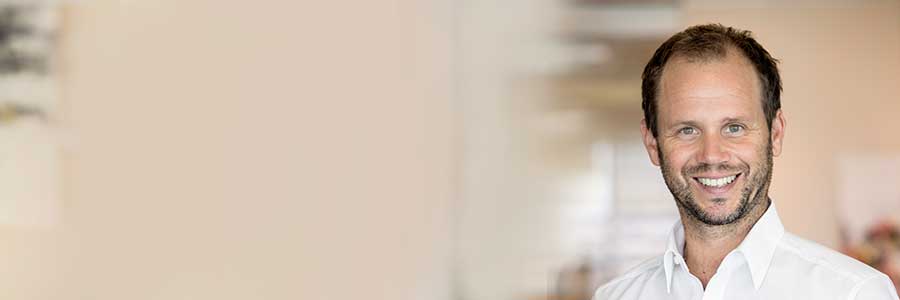Oftalmologist Dr. Sebastian Beckers
Contact: (+34) 971 90 52 02 or: This email address is being protected from spambots. You need JavaScript enabled to view it.
At the “Deutsche Augen Klinik” you will find classic ophthalmology with refractive and cosmetic surgery. The “Deutsche Augen Klinik” Mallorca has two locations, one in Santa Ponsa, and the other in Palma, in Palma Clinic. Both locations are equipped identically and all medical cases can be treated in exactly the same way. Appointments can be made at either clinic under either telephone number and treatments which may be started in one clinic can be continued at the other at your convenience.
In the consultation, Dr. Beckers takes care of all problems to do with the eyes. Irrespective of whether you have something in your eye, conjunctivitis, or if you need new glasses or contact lenses- with us you are in the best hands. Using the latest diagnostic equipment we are able to help immediately or offer further treatment in nearly all cases, without it being necessary to go to another doctor. The check for eye diseases is of particular importance and should be performed once a year. This is particularly important for people with diabetes or coronary heart conditions. In order to best help our patients, we ask for a description of the problem, when it first appeared and details of any procedures already undertaken as well as medication used.
- License to practice medicine 2004 / Cologne
- Specialist training at the University Hospital Barcelona, graduation 2010
Specialist knowledge:
- Laser surgery
- Cataract operations
- Intravitreal injections
- Specialist for AMD-therapies
- Cosmetic corrections
- Associate of the European Association for refractive surgery.
- Associate of the Association for refractive intra-ocular surgery.
- Associate of the Association for plastic eyelid surgery.
- Associate of the German Association for aesthetic Botulinum toxin therapy.







